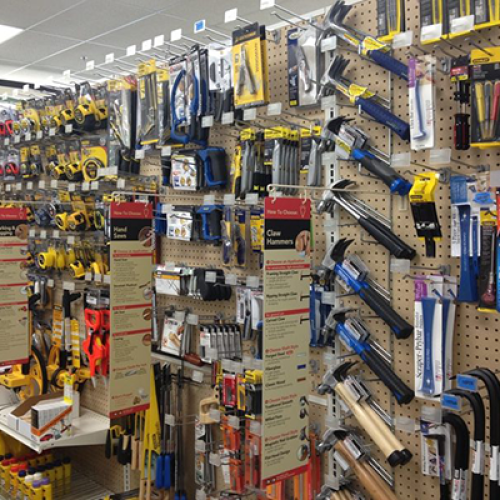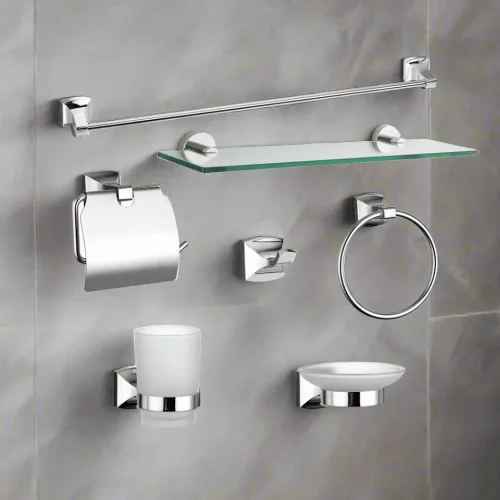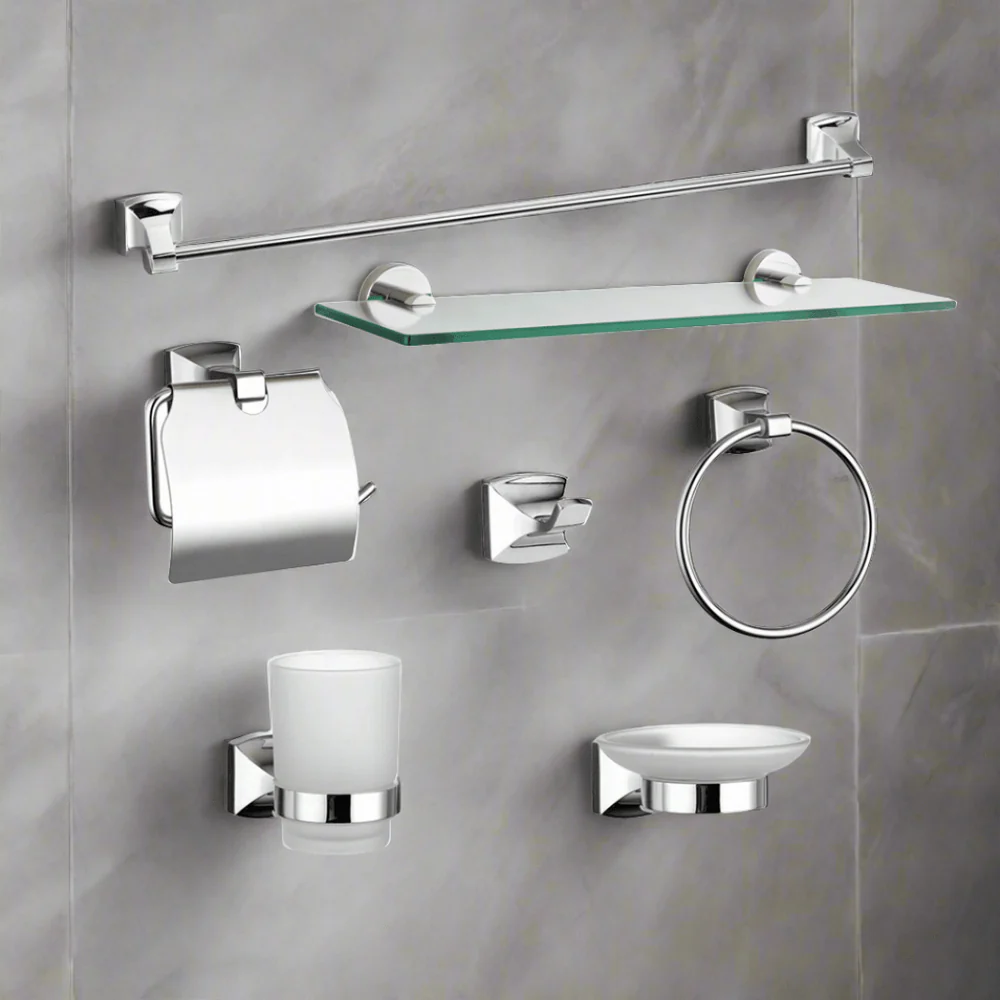Since Chandigarh has been the capital to the two major North Indian states of Punjab and Haryana , it’s well known for its modernist ideologies as well as urban planning throughout the city. The city, built by renowned architect Le Corbusier, combines natural and concrete in a harmonious way. The door handles in Chandigarh are a component of this outstanding city’s architecture that sometimes goes overlooked but demands special attention.
The Vision of Le Corbusier
Chandigarh was intended to be a symbol of India’s growth and modernism after independence. Le Corbusier’s ambition for the city was to create a location that was in harmony with nature and embraced modernist architectural ideas. Door handles played an important part in realising this concept.
Functionality and minimalism
The door knobs in Chandigarh are excellent examples of simplicity and utility, two fundamental characteristics of modernist architecture. They are sleek, uncomplicated, and meant to do one thing only: open and close doors. Handles are often composed of long-lasting materials such as stainless steel, brass, or wrought iron, assuring longevity and use.
Geometric Forms
The geometric forms of Chandigarh’s door handles are one of their most distinguishing features. Many of these handles have crisp lines, rectangles, and squares that echo the geometric patterns found in the city’s architecture. The strong angles and straight lines provide order and equilibrium.
Adaptation to the Architecture
The door knobs in Chandigarh are more than just practical features; they are harmoniously interwoven into the overall architectural style. They add to the building’s beauty, acting as subtle yet necessary components of the total. This integration exemplifies Le Corbusier’s attention to detail and dedication to the overall harmony of his designs.
Decorative Elements
While most door knobs in Chandigarh are simple in style, others include creative decorations. These handles frequently include elaborate designs or motifs, lending aesthetic expression to the practical aspects. This fusion of aesthetic and practicality is typical of modernist architecture and distinguishes Chandigarh’s door knobs.
Maintenance and Durability
The tough environment of Chandigarh, with sweltering summers and heavy monsoons, necessitates materials that can survive the elements. The door knobs are not only aesthetically beautiful, but also long-lasting and require little care. This resilience guarantees that the handles keep their original attractiveness for many years.
A Strong Sense of Self
The unique and unusual designs of Chandigarh’s door handles contribute to the city’s feeling of identity. They act as subtle reminders of Chandigarh’s architectural history, readily identifying the city to anyone familiar with modernist design concepts.
Accessibility
The door knobs in Chandigarh are no exception to the modernist architecture’s emphasis on accessibility and utility. They are intended to be user-friendly and accessible to individuals of all ages and abilities. This dedication to diversity is yet another example of the city’s smart architecture.
Historical Importance
The door knobs in Chandigarh are more than simply architectural details; they also have historical importance. They harken back to India’s post-independence era, a period of regeneration and growth. These handles symbolize a futuristic vision.
The fancy door handles in Chandigarh are more than simply practical fixtures; they represent Le Corbusier’s vision of a contemporary, harmonious, and forward-thinking city. These handles represent modernist architectural ideas, acting as both aesthetic components and functional needs. They serve as a reminder of the city’s distinct character and historical significance. As Chandigarh grows and evolves, the door handles serve as a reminder of India’s ongoing tradition of modernist architecture.








